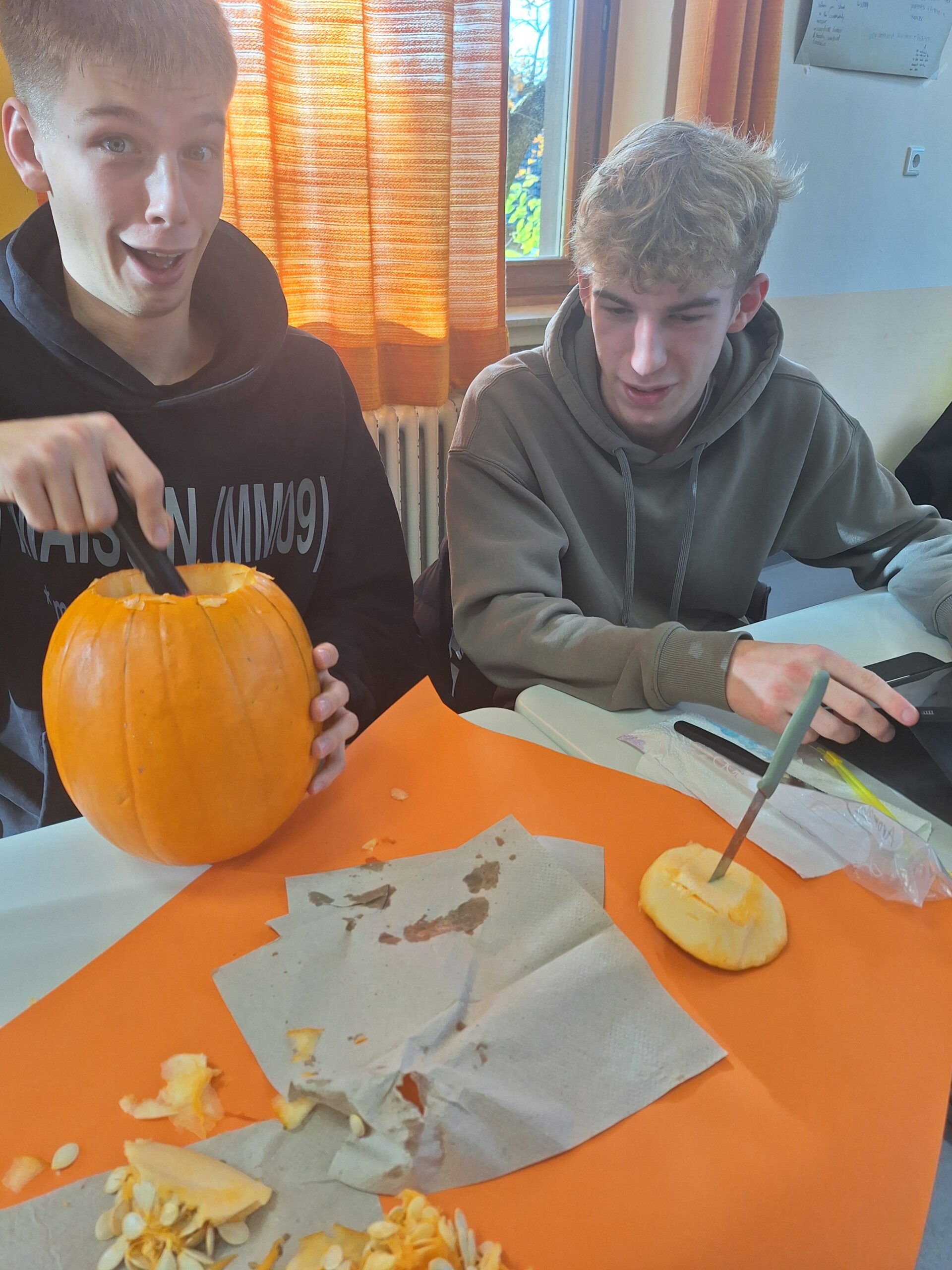Every year on October 31st, people around the world celebrate Halloween with costumes, pumpkins, and sweet treats. But where does this spooky holiday actually come from?The origins of Halloween go back over 2,000 years to the ancient Celtic festival of Samhain. The Celts, who lived in what is now Ireland, the United Kingdom, and northern France, celebrated the end of the harvest season and believed that on this night the boundary between the living and the dead became blurred. People lit bonfires and wore costumes to scare away evil spirits.
When Christianity spread across Europe, the Church tried to give this tradition a new meaning. In the 8th century, Pope Gregory III established All Saints’ Day on November 1st, and the night before became known as All Hallows’ Eve – which later turned into Halloween.
Over time, Halloween lost much of its religious meaning and became a fun community celebration. Immigrants from Ireland and Scotland brought their customs to North America, where Halloween developed into the festival we know today – with trick-or-treating, spooky decorations, and glowing jack-o’-lanterns.
In our English advanced course (year 12), we brought a little Halloween magic into the classroom! Each student brought their own pumpkin and carving tools, and during our double lesson we created unique, imaginative jack-o’-lanterns.
The room soon filled with eerie music, concentration, and flying bits of pumpkin. Some students carved classic spooky faces, while others went for creative patterns and funny expressions.
When everyone finished, we placed candles inside the pumpkins, turned off the lights, and admired our glowing creations in the dark. It was a great way to connect culture, creativity, and language learning – and to experience the story behind Halloween not just through reading, but through hands-on fun and teamwork.
(Englisch LK Witkop)
